Organ Zida, the impressive new independent photography festival from Zagreb, Croatia, has announced the ten finalists to compete in their main prize, orientated around the theme of Boundaries.
Each of the finalist’s photography whose photography will be presented at the main festival exhibition, at the Klovićevi Dvori Gallery in Zagreb from the 3rd to the 18th September 2015.
The exhibition is the central tenant of a diverse offering of photography from the only documentary photography festival in the Balkans.
Sorting through over 300 projects from 47 countries was no small feat for the international panel of judges, consisting of photography heavyweights such as internationally-acclaimed photographer Roger Ballen, editor of Aperture magazine Michael Famighetti, Dutch photographer and publisher Rob Hornstra, Italian photographer and former World Press Photo winner Alessandro Imbriaco, British photographer Hannah Starkey and Croatian academic and photographer Sandra Vitaljić, as well as BJP editor Simon Bainbridge.
Rob Hornstra says of the judging process: “The way the finalists distinguish themselves is because they go beyond registration and make a personal interpretation of theme they are working on. There is no formula for making excellent work.
“The finalists are a good mixture between authors who lifted their project to a higher lively either in a conceptual way, or because they were so tenacious and diligent. All of them went further where normal photographers stop.”
BJP editor-in-chief Simon Bainbridge found this year’s theme of ‘boundaries’ to be particularly fertile ground for photographers: “Expression of identity is a major theme within all forms of contemporary photographic practice, from the exploration of transnational narratives to more self-reflective concerns regards the medium itself,” he says.
“And the reflex to ‘find edges’ – to examine these themes from the point of conflict, disruption or confusion – is part of the photographer’s DNA.”
We can unveil, for the first time, the contenders for the prize.
French photographer Michael Le Belhomme looks at the exploration of landscape and space, contrasting documentation and fiction in his series, The Two Labyrinths.
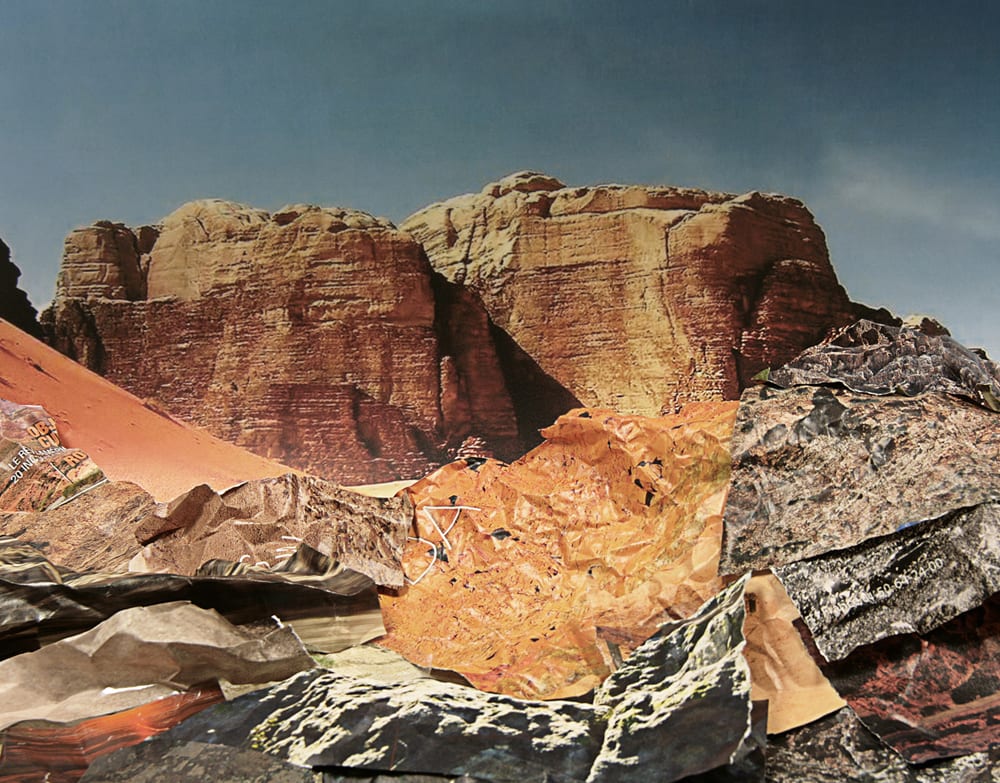
Italian photographer Paolo Ciregia documents the consequences of the Ukrainian crisis, focusing specifically on the Donbass region, with his series U Okraina.
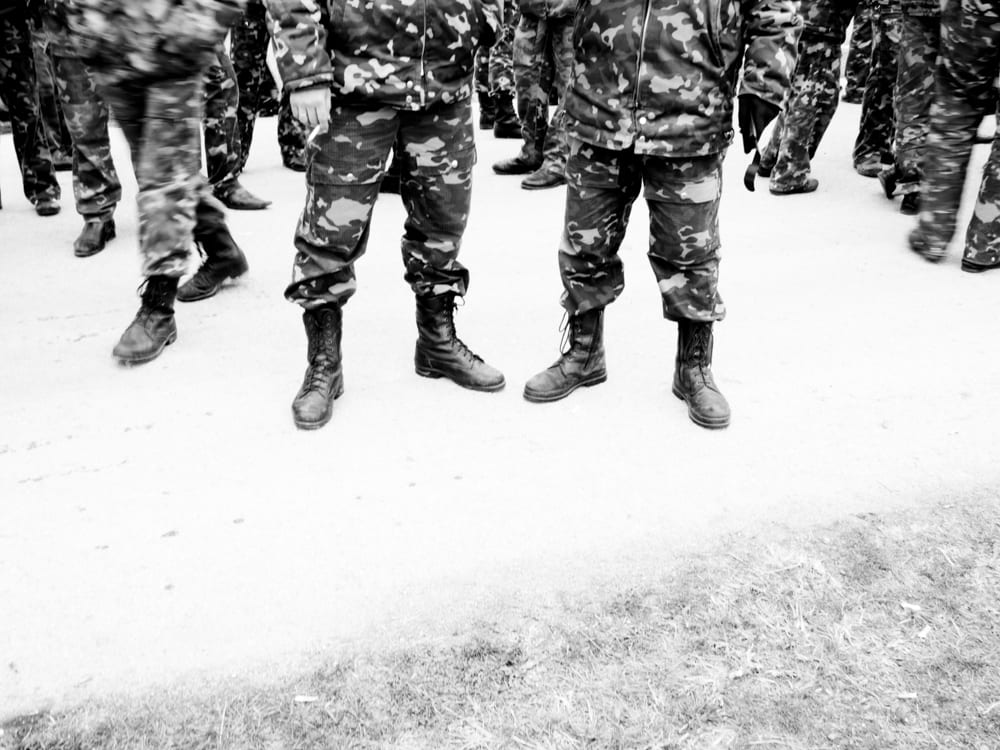
Riga native Alnis Stakle’s project Theory of R reveals the hidden dangers within crumbling Soviet architecture in the city, buried beneath the city’s shiny veneer and safe tourist routes.
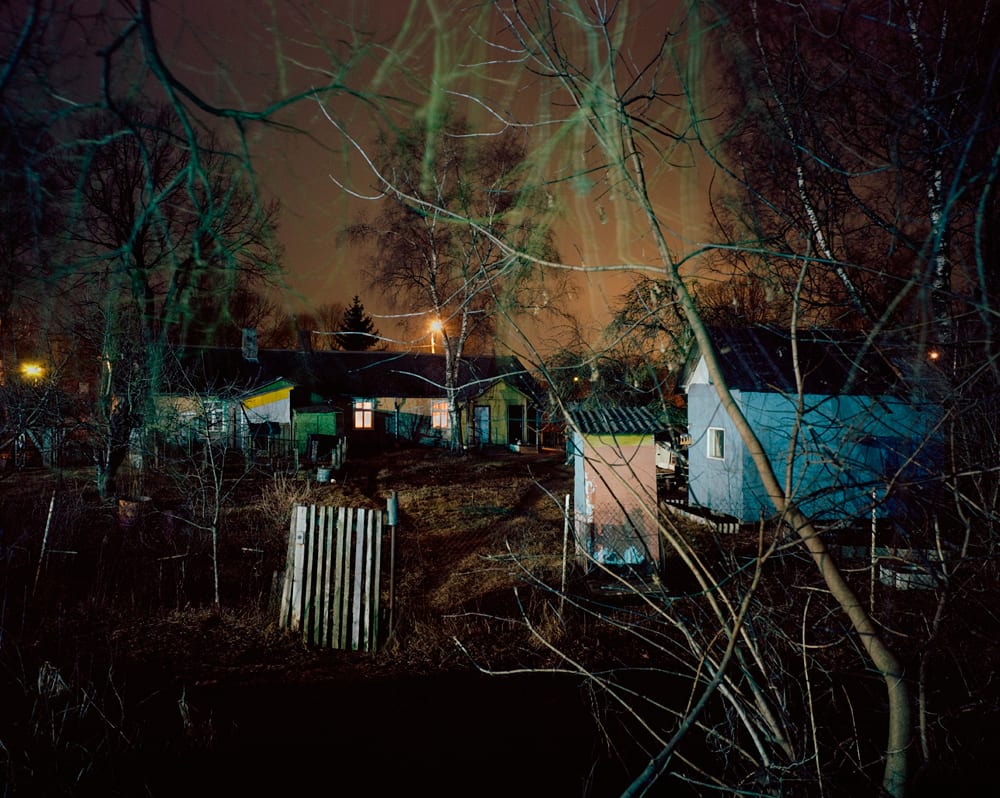
Anton Polyakov also looks at the reverberations of the Soviet Union’s demise with his project Transnistria Conglomerate. When Moldova gained independence, a small section of land called Transnistria sought to break away and has formed a country that for the rest of the world, doesn’t exist. He explores the culture of the place.
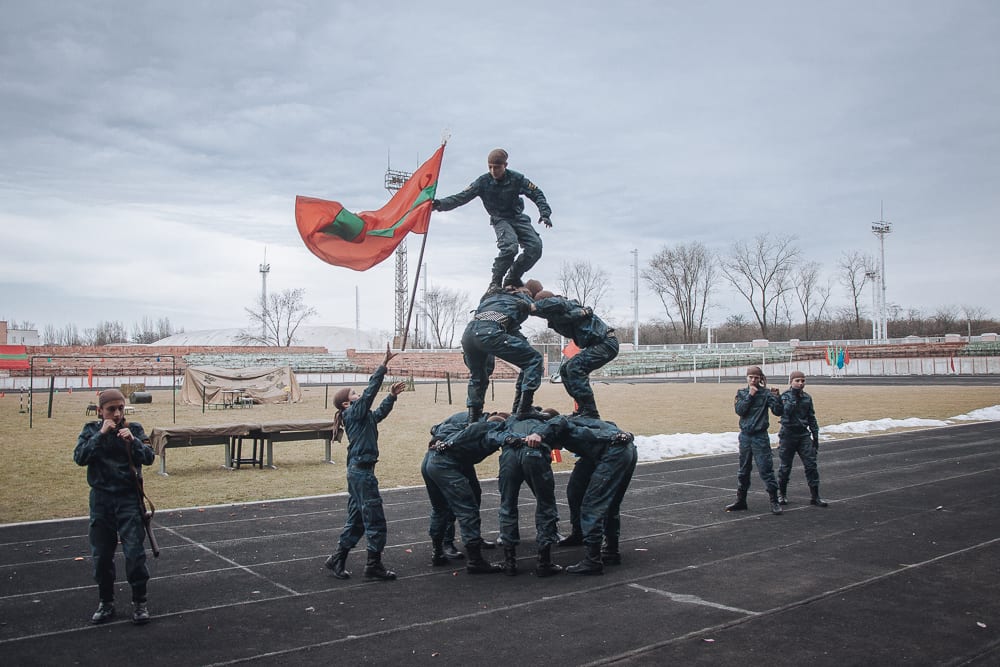
H. said he loved us, by Tommaso Tanini, explores the feelings of fear and oppression caused by life in the former East Germany.
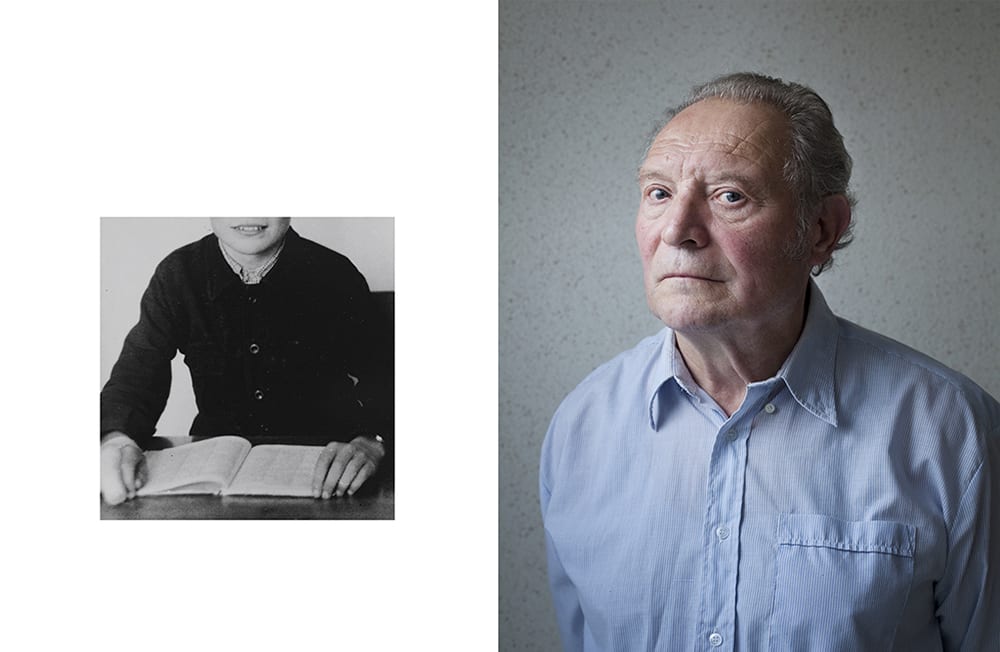
Lana Mesić, a Dutch photographer of Croatian origin, deals with the consequences of the Rwandan Genocide by interviewing victims and perpetrators side by side 20 years after the horrific events, with his series Anatomy of Forgiveness.
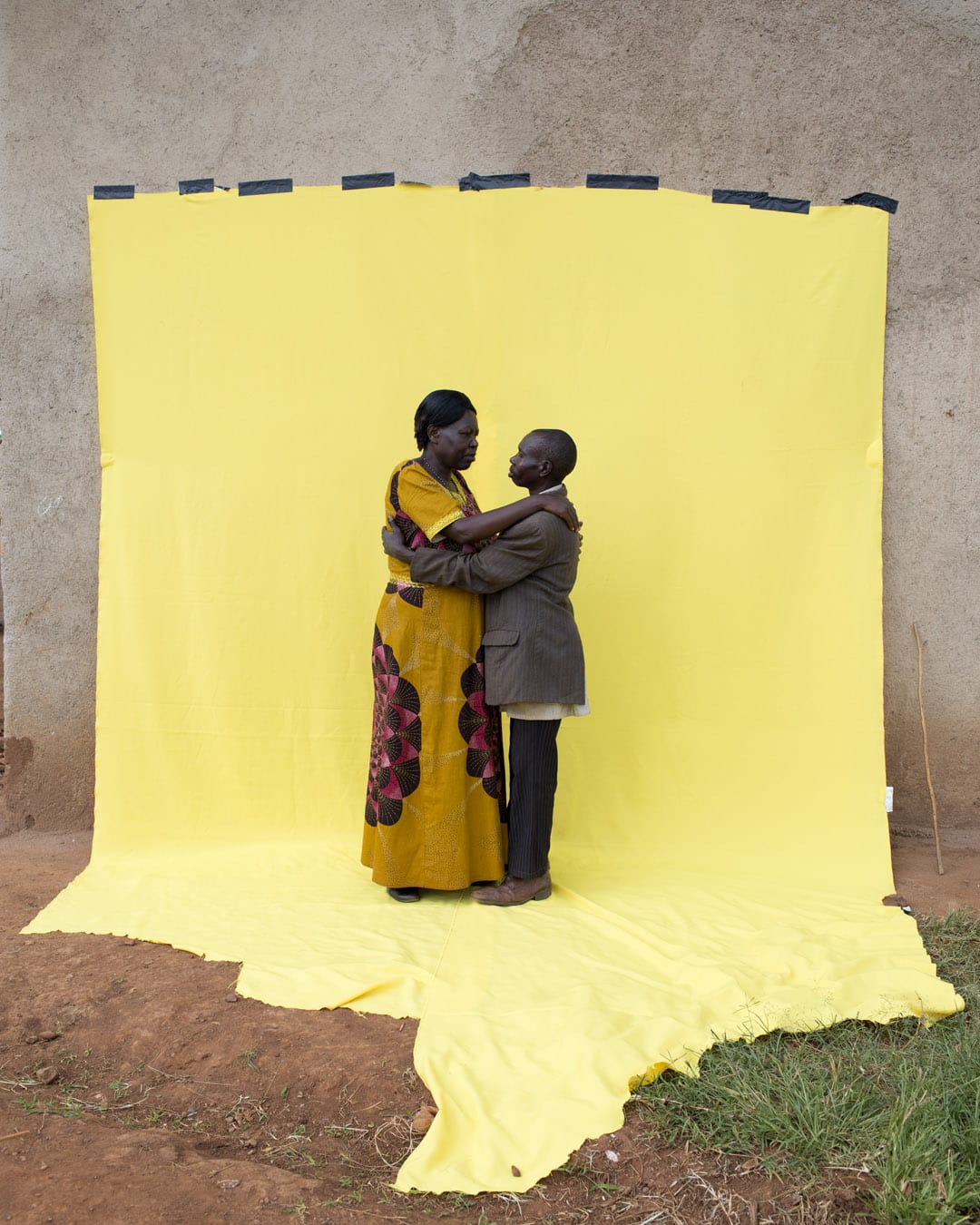
Spanish photographer Myriam Meloni is tackling a timely issue with her series Limbo, which brings into focus stranded migrants that have nothing left but the hope of a better life in Europe.
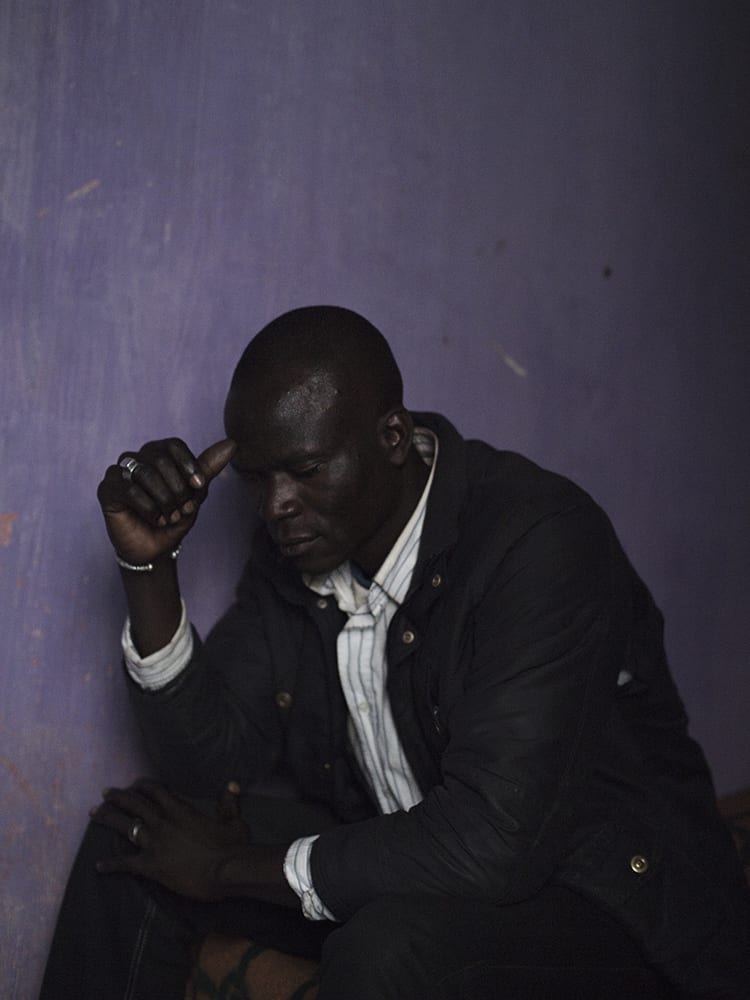
Fellow Spaniard Arnau Bach focuses on more urban concerns; his project Suburbia examines the disenfranchised communities living on the edges of Paris.
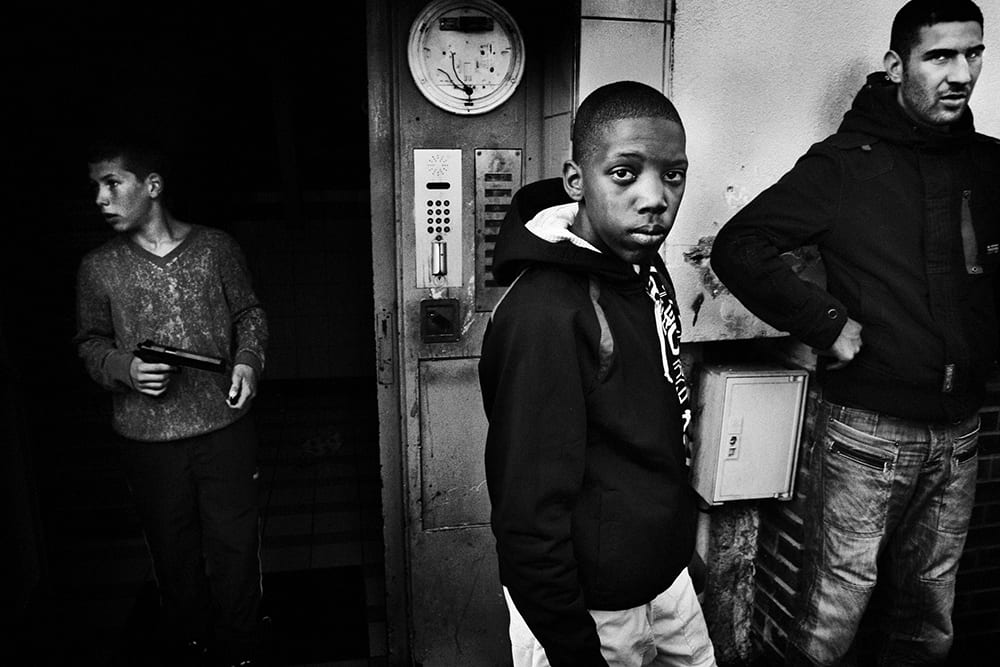
Despite the onrush of urbanisation, 35% of Mongolians still live as nomads. In Futuristic Archaeology, one of last year’s festival finalists, French photographer Daesung Lee, brings attention to the endangered lifestyle that has been central to traditional Mongolian culture.
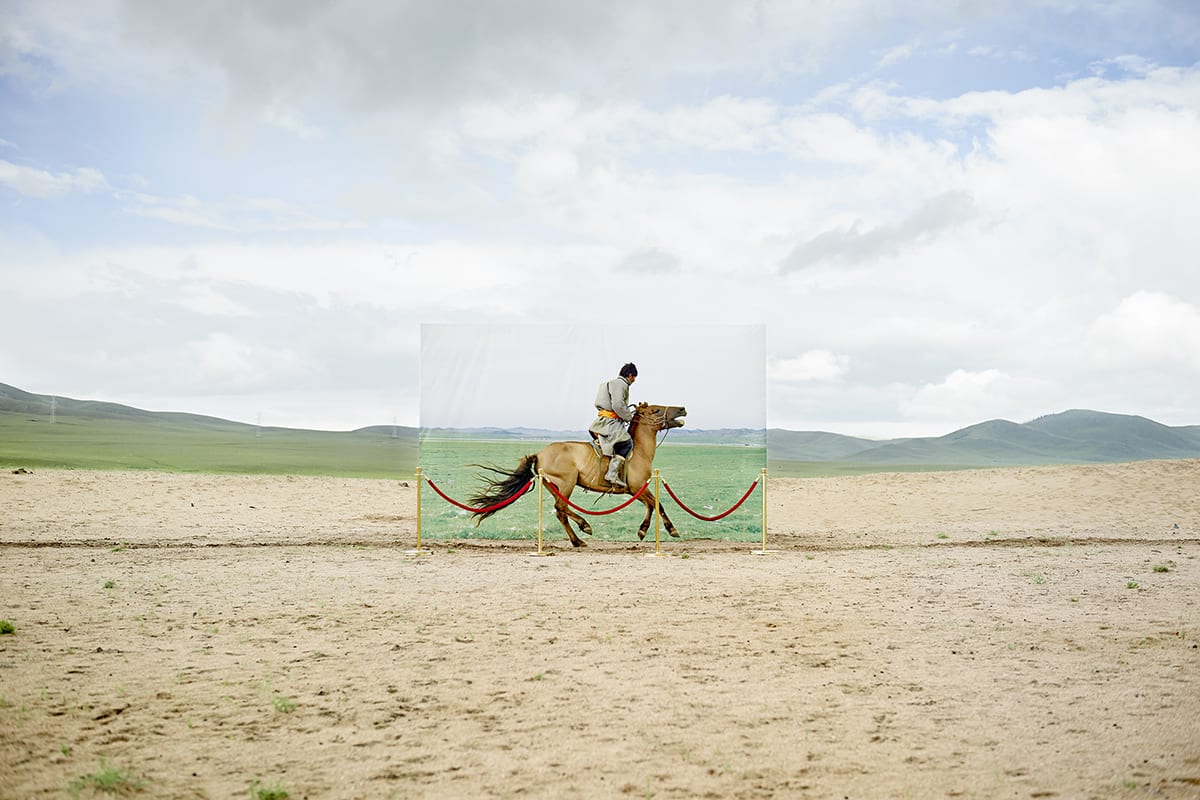
Arkanum by Aras Goekten focuses on today’s metropolitan cities, dealing with humanity’s relationship to their urban environment and architecture.
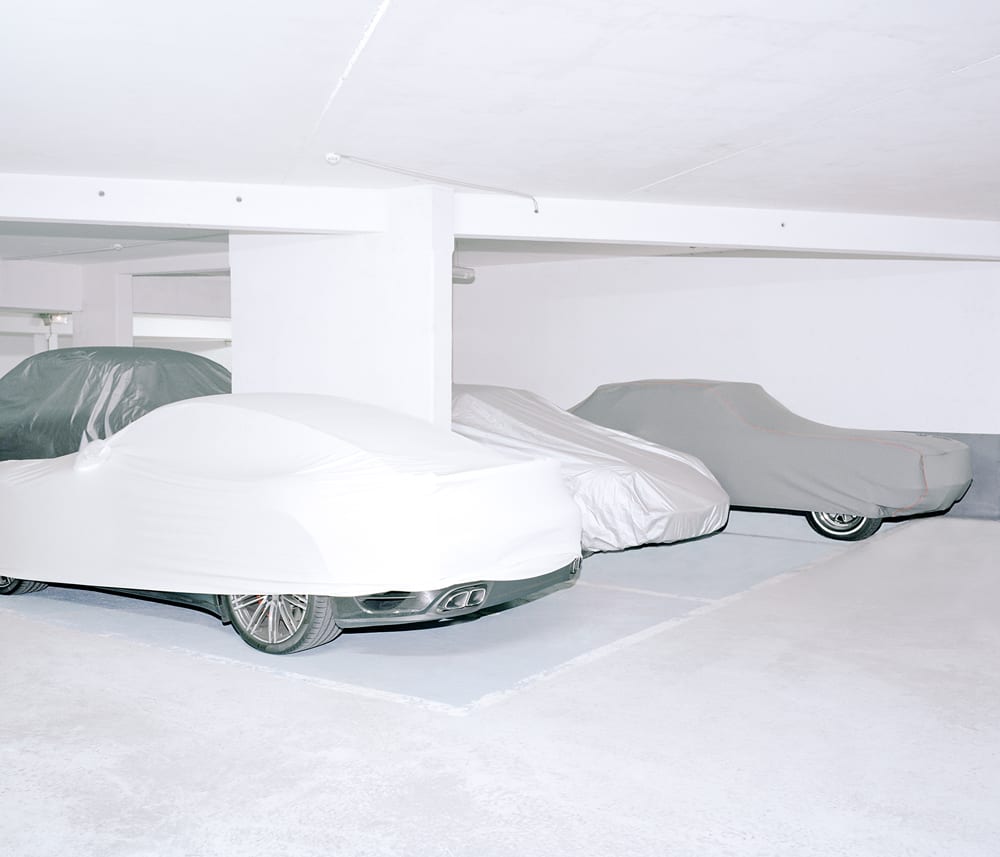
In addition to the ten finalists, five photographers will also be receiving special commendations: Jean-Christophe Guillaume (Border Line), Emile Ducke (Transnistria – On the left side of the river), Emanuele Occhipinti (The flowers of Kosmet), Andrejs Strokins (People in the dunes) and Olivier Lovey (Lightning Power)
In addition to the finalists, the festival will be a focal point for over 30 foreign artists and photography experts showcasing their work, with lectures, exhibitions, panels and workshops. Book signings, presentations, portfolio reviews, and concerts will also be held as a part of the festival program.
Find out more information about the festival here.
Have your work seen by the likes of Ewen Spencer, Sean O’Hagan and Kate Bush and enter the BJP International Photography Awards 2016. For more details and to enter, visit www.bjpipa.com

